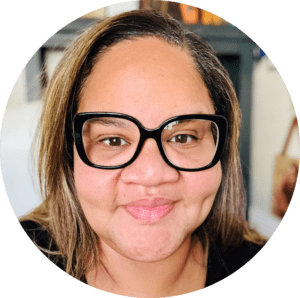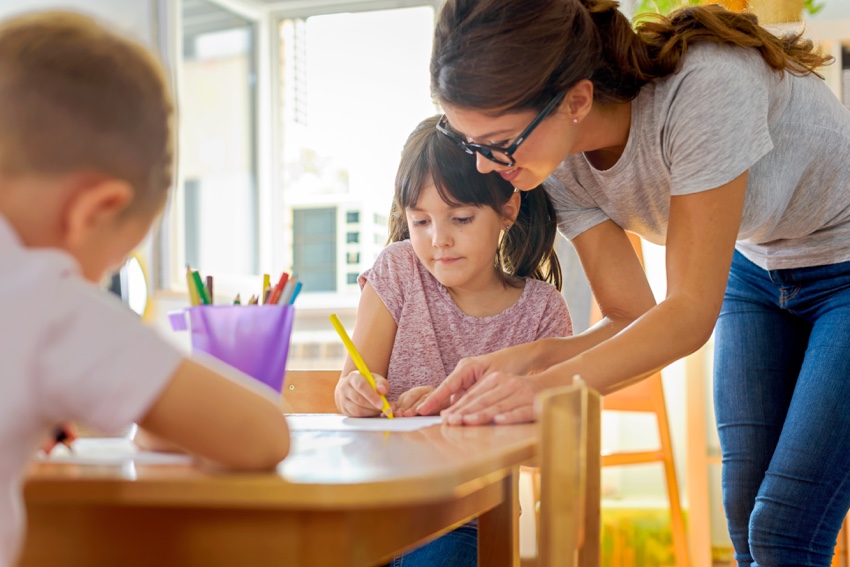5 Strategies for Developing the Art of Collecting Quality Observations


Collecting observations and data on children’s learning is a common practice in early childhood education. Many teachers and caregivers prefer to use an observation-based assessment system for data collection because it gives them an opportunity to share more specific information about the children in their care with family members or other stakeholders. The observation data can also provide a comprehensive view of children’s development and growth.
Summative assessments provide a narrow view of a child’s understanding at a single point in time. Unlike those assessments, observations, when used with a formative assessment system such as GOLD, can paint a broad picture of the depth and breadth of a child’s development. Collecting formative assessment data requires a balance between finding evidence of what a child knows and can do and uncovering opportunities for continued growth. Maintaining this balance is an art form, and it can be done with intentional planning.
5 Strategies for Developing the Art of Collecting Quality Observations
Just as skilled artists improve by working on their projects, you refine your craft as you teach. To be successful in the art of collecting observation data, you can use five key strategies.
- Focus on quality.
From the start, establish your intention to make quality observations and think about what high-quality observation documentation looks, sounds, and feels like. A quality observation may begin with a photograph of a child engaged in an investigation in the classroom science center, with an objective description that sounds like a reporter relaying to the reader what was happening when the photograph was taken (e.g., “Estella used her fingers to pull apart dried peapods and started to group the peas by size, ‘large’ vs. ‘small.’”). It will feel helpful for assessing when something noteworthy occurred (e.g., this was the first time Estella has shown her developing skills in grouping). Consider creating or using a quality rubric to help evaluate the observations you are creating. What do your observations look like, sound like, and feel like? - Use the right tools.
The “right tools” may vary by teacher, as they depend on the teacher’s personal knowledge, skills, and abilities; the guidance from their program administrator(s); and what is currently available to them. Teachers who use GOLD, our online assessment system, have a supply of tools at their disposal to conduct observations, all located in one convenient location. If you are not a current GOLD user, here is more information about the objectives that drive the assessment and observation process. - Be organized and prepared.
When I was a state administrator, I worked with many statewide groups on initiatives that we were never quite sure would come to fruition. There were always concerns about who would fund it, how would it be sustained beyond an initial funding period, and whether there was public will for what we were trying to accomplish. I was frequently asked by my staff and other colleagues, “Why put in so much effort for something that may not happen?” My answer was always the same: because if it does happen, we have to be prepared to act and act quickly, so we are always readying ourselves for success. To me, the same is also true for seemingly small things, such as conducting observations of children’s learning. While you cannot control everything that happens in a classroom or predetermine what children will learn from a teaching experience or what skills they will demonstrate, you can ready yourself for success by preparing for it. - Develop and use a system.
Perhaps the most important way to be prepared is to create your own “system of success” (S.O.S). Your system may look like mine from when I was a classroom teacher: sticky notes, notepads, and a pencil, supplemented by a camera shared between myself and another teacher. Or, it may involve using a device such as a tablet or phone to capture photos or videos and make observations on a digital application. Maybe you use a hybrid system, gathering data on sticky notes to start with and later uploading it to an application. There isn’t a wrong way to create an S.O.S, but it is important to develop one and stick to it. Be flexible so you can respond to what is happening in the moment, but don’t create a system in theory that then gets put to the side and forgotten when you’re with children. Remember, it’s your S.O.S., and it can make the difference in the quality of your observations. - Remember to manage stress.
Let’s face it: as a teacher, you face many moments of stress during the day. Taking the time to collect evidence of children’s learning may seem like an unwieldy chore. However, it is an essential part of being an effective teacher, because what you learn about children through observation enables you to provide learning opportunities that are relevant to their current knowledge, skills, and abilities and stretch them to grow in meaningful ways.

Move beyond measurement with GOLD
Inform instruction without disruption by embedding authentic, observation-based assessment into each part of your day.